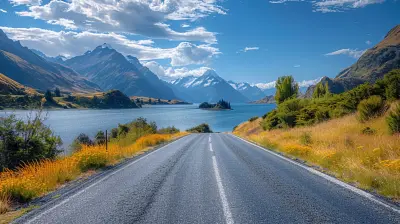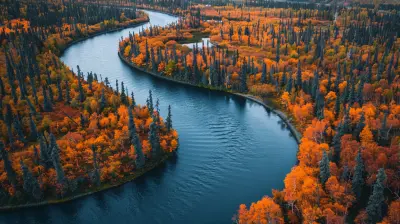Exploring Iceland’s Ring Road: A Complete Guide
3 September 2025
Have you ever dreamed of driving through otherworldly landscapes, surrounded by volcanic mountains, cascading waterfalls, and glaciers that seem to stretch on forever? Well, a journey around Iceland’s Ring Road (also known as Route 1) might just be what you’re craving. This 828-mile (1,332 km) journey wraps around the island, offering a non-stop parade of natural wonders, quaint villages, and opportunities for some epic adventure.
In this guide, we’ll take you through everything you need to know about exploring Iceland’s Ring Road. From must-see stops along the way, tips on when to go, how to prepare, and why this should be on your lifelong bucket list, this guide will set you up for the trip of a lifetime.

What Is Iceland’s Ring Road?
For those who might be unfamiliar, the Ring Road is Iceland’s main highway that forms a loop around the entire island. It passes through many of Iceland’s most scenic and popular destinations. From the capital city of Reykjavík to the coastal towns, to geothermal hot springs, glaciers, and national parks, the Ring Road is an epic adventure waiting to be discovered.Many travelers take around 7-10 days to complete the loop, but if you’re tight on time, it can technically be done in less. However, rushing through this journey would be like cramming a five-course meal into a few bites—you'd miss out on some of the best flavors.
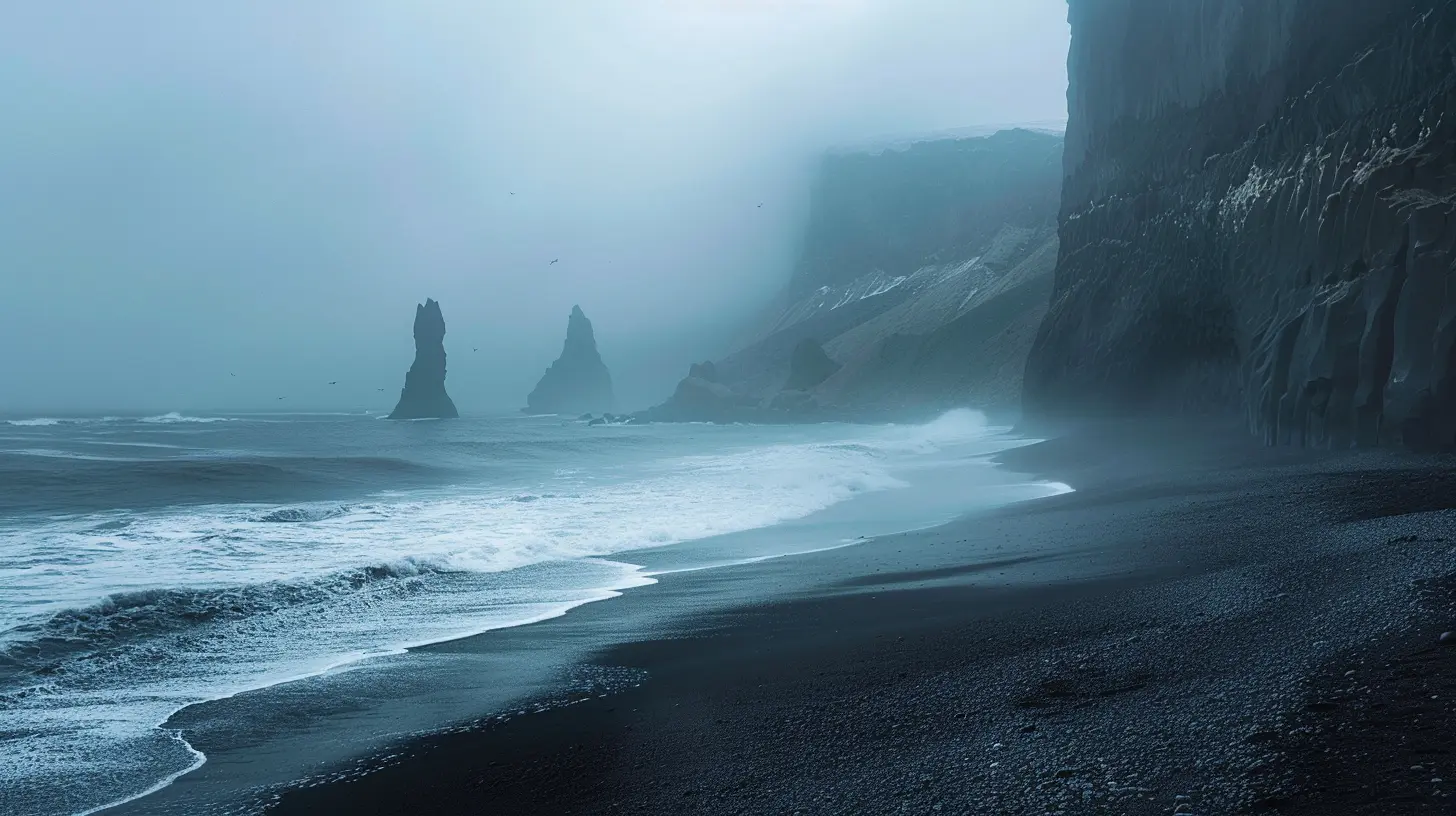
When Is the Best Time to Drive the Ring Road?
The truth is, Iceland is a destination that offers beauty all year round, but depending on what you want to see, some seasons might suit your trip better.Summer (June to August)
Summer is the most popular time to travel the Ring Road because the weather is more forgiving, and all areas of the road are easily accessible. You’ll have near 24-hour daylight thanks to the Midnight Sun, which means all the daylight for sightseeing adventures.However, with good weather comes crowds. Popular spots like the Golden Circle and the South Coast can get pretty packed, not to mention accommodation prices tend to spike.
Fall (September to October)
Fall is a shoulder season which means fewer crowds and more affordable accommodation rates. The northern lights also start making appearances as the nights get darker, giving you an extra spectacular show. However, the weather can be unpredictable, and some roads may close in early October.Winter (November to March)
If you’re willing to brave the cold, winter offers a magical, snow-capped version of Iceland that’s truly enchanting. Seeing Iceland’s iconic waterfalls frozen in time or spotting the elusive northern lights dancing across the sky are winter highlights. Be cautious though, icy roads can make driving treacherous, especially in the remote parts.Spring (April to May)
Spring is another shoulder season with fewer tourists and more affordable accommodations. Iceland awakens from winter’s slumber in spring, with flora starting to bloom and baby animals frolicking in the fields. While some roads might still be icy, it’s generally a great time to visit.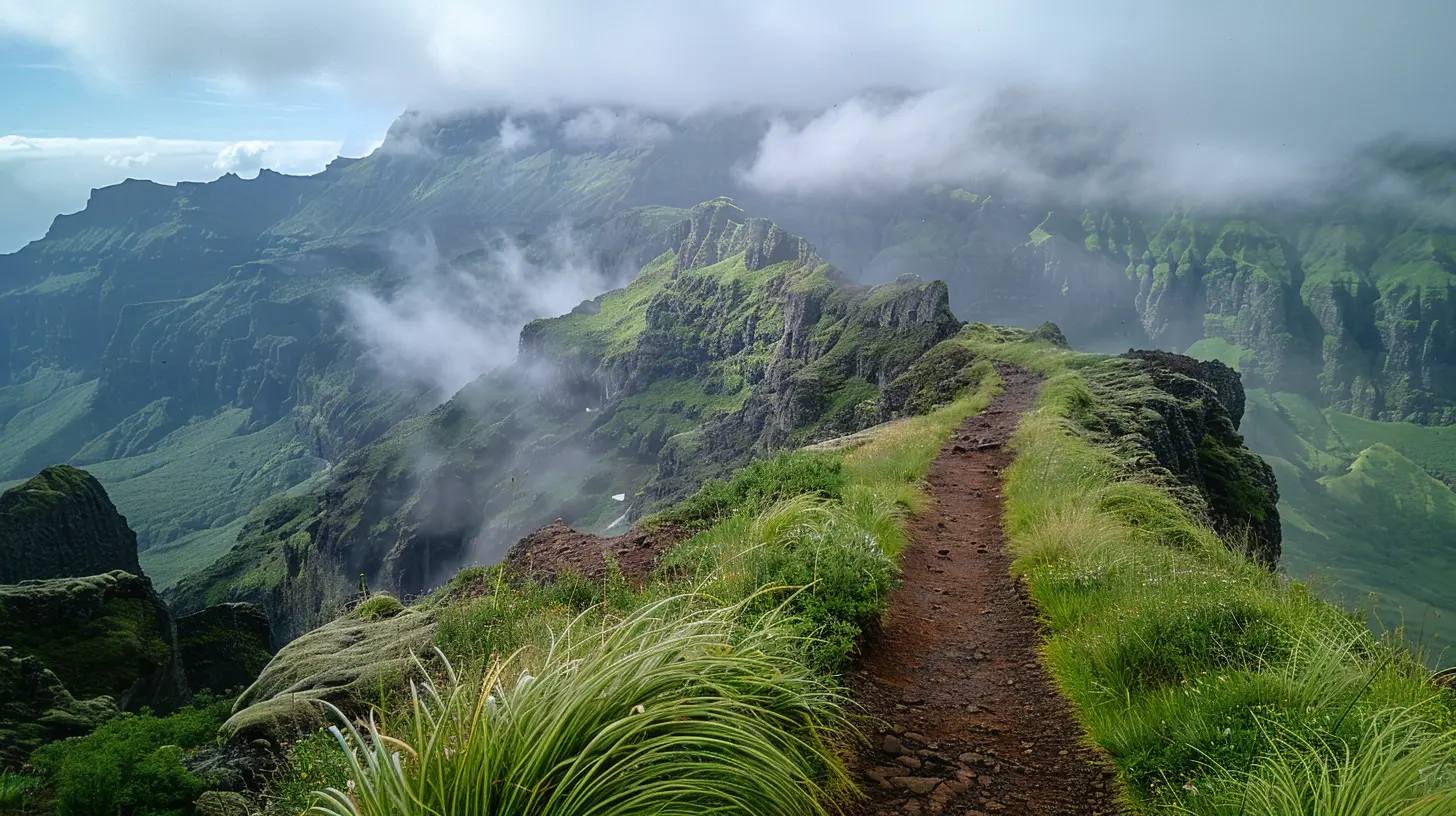
How to Prepare for Driving the Ring Road
Before you hit the road, you’ve got some things to think about. Iceland’s terrain can be tricky, especially with the ever-changing weather. Here are a few tips to make sure your experience goes smoothly.Renting a Car
First things first—you need wheels. Renting a car is the best way to experience the Ring Road. Depending on the season and where you plan to go, you’ll want to choose between a basic 2WD or 4WD vehicle. In winter months, it’s highly recommended to go with a 4WD vehicle, as the roads can become icy and treacherous.You’ll also want to ensure the car has GPS (trust me, you’ll need accurate directions) and perhaps Wi-Fi if you want seamless connections for maps, music, and more.
Essential Packing List
The weather in Iceland is notorious for being unpredictable. You could have sunshine one minute, rain the next, and snow shortly after. So, pack layers! Here are some essentials:- Warm, waterproof clothing (jackets, sweaters, hats, gloves)
- Comfortable hiking boots
- Sunglasses (those glaciers reflect a LOT of light)
- Chargers and a portable battery pack (especially if you're relying on phones for navigation)
- Medications and personal items (rural areas can be far from pharmacies)
- Snacks and water (some stretches of the road can feel like a food wasteland)
Budgeting for the Trip
I won’t sugarcoat it—traveling in Iceland isn’t exactly a bargain. Things can get expensive, especially when it comes to gas and accommodations. Here are a few ways to save:- Camping: If you’re up for a bit of adventure, camping is a more affordable option. During the summer months, campsites are plentiful and significantly cheaper than hotels.
- Groceries: Eating out can burn through your budget fast. Stock up at grocery stores (try the Bónus or Krónan chains) and cook at least some of your meals, especially breakfast and lunch.
- Fuel: Fill up when you can! Some areas along the Ring Road are remote, and the last thing you want is to run out of gas when the nearest station is 40 miles away.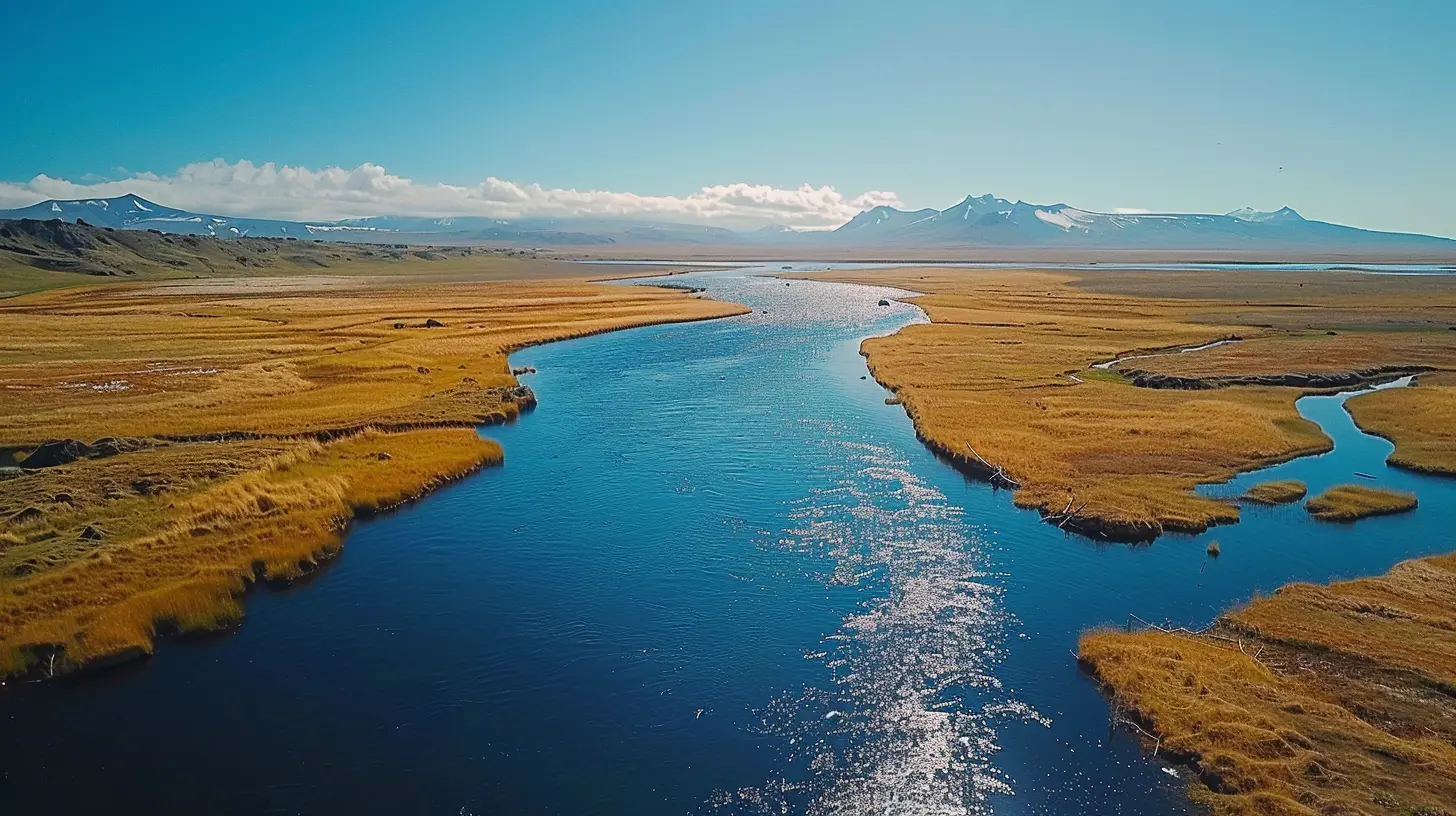
Top Highlights Along the Ring Road
Now comes the fun part—what to see along the way! Though there are hundreds of jaw-dropping stops, here are some of the Ring Road highlights you absolutely shouldn’t miss.1. Reykjavík
The Ring Road journey often begins (and ends) in Reykjavík, Iceland’s vibrant capital. Spend a day or two exploring the colorful streets, visiting landmarks like Hallgrímskirkja, and indulging in some delicious Icelandic cuisine. Don’t forget to check out the Blue Lagoon, located just outside the city.2. Seljalandsfoss and Skógafoss Waterfalls
Just a couple of hours into your drive along the South Coast, you'll come across two of Iceland’s most famous waterfalls. Seljalandsfoss is unique because you can actually walk behind the curtain of water—yes, it’s as magical as it sounds. Meanwhile, the mighty Skógafoss is pure power, with a drop that’ll leave you speechless.3. Jökulsárlón Glacier Lagoon
If you’re looking for something straight out of a sci-fi movie, Jökulsárlón Glacier Lagoon is a must-see. Huge icebergs float peacefully in the lagoon, and seals play nearby. Some lucky travelers also spot the Northern Lights here during the colder months. Right next to the lagoon is Diamond Beach, where the icebergs wash up on the black sand shore, creating an otherworldly scene.4. Vík and Reynisfjara Beach
The small village of Vík is famous for its black sand beach, Reynisfjara. Here, you’ll experience dramatic basalt columns, towering rock formations jutting from the ocean, and powerful waves. Be extra careful here—those waves are no joke and have a history of pulling unsuspecting visitors into the waters.5. Mývatn Geothermal Area
Heading into the northern section of the Ring Road, you’ll reach the Mývatn area, known for its geothermal activity. Think bubbling mud pots, steamy vents, and lava fields. It’s like walking on Mars—if Mars had more hot springs. Don’t miss a dip in the Mývatn Nature Baths, a less touristy option than the Blue Lagoon but just as relaxing.6. Dettifoss Waterfall
If you thought Skógafoss was powerful, wait until you see Dettifoss. This waterfall is the most powerful in Europe and is awe-inspiring in its sheer force. Standing near it, you’ll feel the ground vibrating beneath your feet.7. Egilsstaðir and Eastern Fjords
As you push toward the eastern part of Iceland, the landscape changes dramatically. The Eastern Fjords are captivating, with winding roads flanked by mountains on one side and the ocean on the other. The town of Egilsstaðir serves as a good base for exploring this region.8. Snæfellsnes Peninsula (Optional Detour)
Although it’s off the Ring Road loop, the Snæfellsnes Peninsula is often called “Iceland in Miniature” because it showcases many of the island’s diverse landscapes in one area. From glaciers to lava fields to charming fishing towns, it’s worth the extra time if you can manage it.Practical Tips for Driving Iceland's Ring Road
1. Watch Out for Speed Cameras
Iceland has strict speed limits, and there are speed cameras scattered around the Ring Road. Fines can be hefty, so it’s better to play it safe. The general speed limit is 90 km/h (roughly 56 mph) on paved roads and 80 km/h (50 mph) on gravel roads.2. Bring a Good Playlist or Podcasts
The stretches between towns can sometimes feel long and desolate, but you’ll have plenty of time to reflect and appreciate the beauty—if not, bring a killer road-trip playlist or catch up on your favorite podcasts.3. Weather Can Change Quickly
No matter the season, the weather in Iceland changes faster than you can blink. Always check road conditions, especially in winter, and be prepared to adjust your plans if needed.Conclusion: Why Driving Iceland’s Ring Road is the Ultimate Adventure
Exploring Iceland’s Ring Road is an experience unlike any other. It’s the kind of trip that fills your soul with wonder, where each bend in the road brings something new and awe-inspiring. Between the glaciers, waterfalls, charming towns, and endless natural beauty, it’s easy to see why travelers fall in love with Iceland.So, pack your bags, grab your camera, load up on snacks, and get ready for the adventure of a lifetime. The land of fire and ice is waiting!
all images in this post were generated using AI tools
Category:
Road Trip RoutesAuthor:

Shane Monroe
Discussion
rate this article
1 comments
Oriana Monroe
What hidden gems await along Iceland's stunning Ring Road?
September 13, 2025 at 2:44 PM

Shane Monroe
Along Iceland's Ring Road, hidden gems include the serene waterfalls of Seljalandsfoss and Gljúfrabúi, the vibrant village of Seyðisfjörður, the otherworldly landscapes of Landmannalaugar, and the geothermal wonders of Mývatn. Each stop offers unique beauty and adventure!
